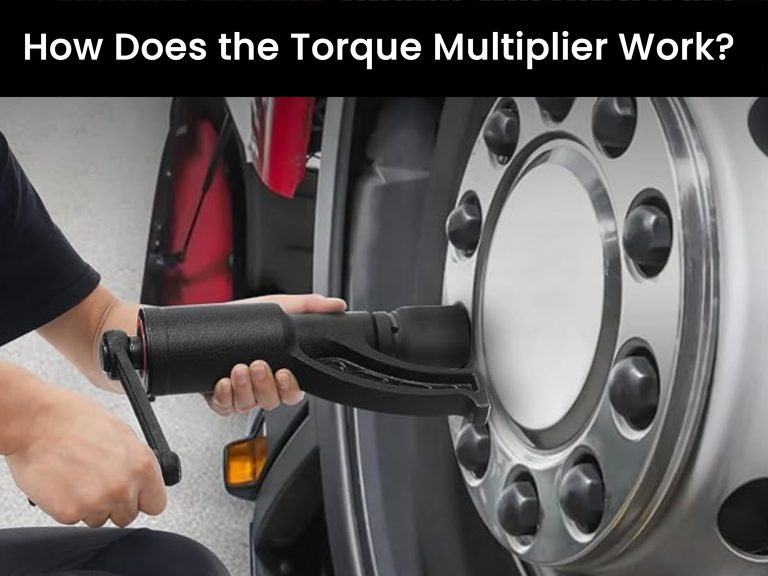A torque wrench is a specialized tool used to apply a specific amount of torque, or rotational force, to fasteners such as nuts and bolts. It is commonly used in industries like automotive, construction, and manufacturing, where precise tightening of fasteners is essential. Understanding the working principle of a torque wrench is crucial for its effective usage and ensuring accurate torque application.
The primary principle behind the functioning of a torque wrench is based on the concept of torque measurement and control. The tool is designed to provide a predetermined amount of torque, usually measured in foot-pounds (ft-lbs) or Newton-meters (Nm), to achieve the desired level of tightness for a fastener.
The working mechanism of a torque wrench can vary depending on its type, but the most common type is the click-type torque wrench. This type of wrench utilizes a spring-loaded mechanism to measure and control torque.
Inside the click-type torque wrench, there is a calibrated spring that is preloaded with a specific amount of force. When the wrench is used to tighten a fastener, the applied torque causes the spring to compress. As the torque reaches the desired level, the spring compresses further until a specific point is reached. At this point, a mechanism within the wrench, usually a ball and detent system, slips into place, producing an audible “click” sound and preventing further tightening.
The click sound serves as an indicator for the user to stop applying force, ensuring that the desired torque is not exceeded. It acts as a torque limiter, preventing over-tightening, which can lead to damage or failure of the fastener or the material being fastened.
To ensure accurate torque application, it is important to properly set the desired torque value on the torque wrench before use. This can usually be done by adjusting a micrometer-like scale or a digital display on the wrench. Once the desired torque value is set, the wrench will click when that torque level is reached during tightening.
Regular calibration and maintenance of a torque wrench are crucial to maintain its accuracy. Over time, the internal components of the wrench can wear out or become less precise, leading to inaccurate torque application. Manufacturers often recommend periodic calibration to ensure the tool’s reliability and accuracy.
In conclusion, the working principle of a torque wrench involves the measurement and control of torque using a spring-loaded mechanism. The click-type torque wrench is the most common type, providing an audible click sound when the desired torque level is reached. Understanding and utilizing this principle correctly is essential for accurate and reliable torque application, preventing over-tightening and ensuring the integrity of fasteners and materials.



